Spatiotemporal transcriptomic maps of whole mouse embryos at the onset of organogenesis
- PMID: 37414952
- PMCID: PMC10335937
- DOI: 10.1038/s41588-023-01435-6
Spatiotemporal transcriptomic maps of whole mouse embryos at the onset of organogenesis
Abstract
Spatiotemporal orchestration of gene expression is required for proper embryonic development. The use of single-cell technologies has begun to provide improved resolution of early regulatory dynamics, including detailed molecular definitions of most cell states during mouse embryogenesis. Here we used Slide-seq to build spatial transcriptomic maps of complete embryonic day (E) 8.5 and E9.0, and partial E9.5 embryos. To support their utility, we developed sc3D, a tool for reconstructing and exploring three-dimensional 'virtual embryos', which enables the quantitative investigation of regionalized gene expression patterns. Our measurements along the main embryonic axes of the developing neural tube revealed several previously unannotated genes with distinct spatial patterns. We also characterized the conflicting transcriptional identity of 'ectopic' neural tubes that emerge in Tbx6 mutant embryos. Taken together, we present an experimental and computational framework for the spatiotemporal investigation of whole embryonic structures and mutant phenotypes.
© 2023. The Author(s).
Conflict of interest statement
E.Z.M. and F.C. are paid consultants of Atlas Biologicals. The other authors declare no competing interests.
Figures

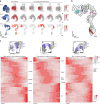
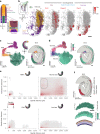
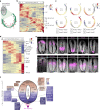

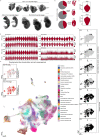

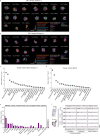
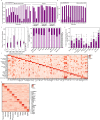



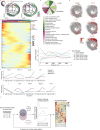
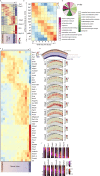

References
Publication types
MeSH terms
Substances
Grants and funding
LinkOut - more resources
Full Text Sources
Molecular Biology Databases

